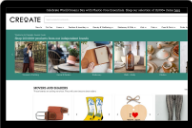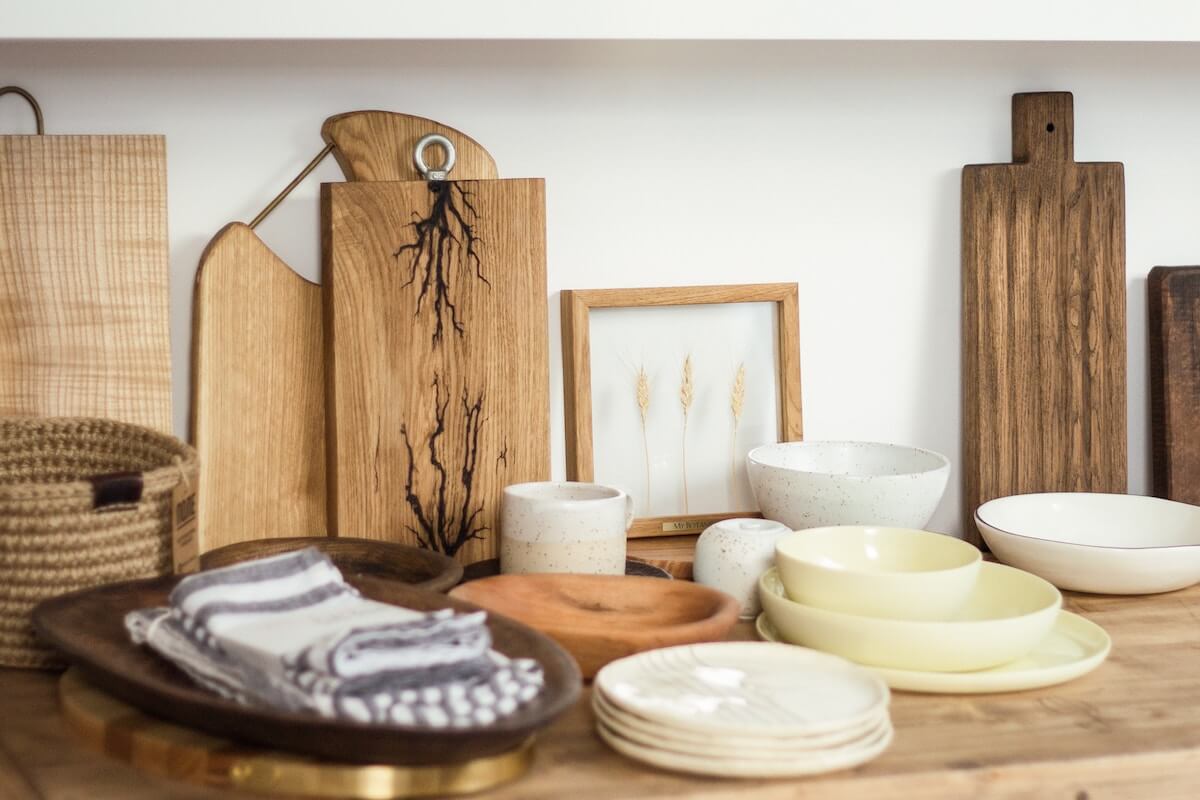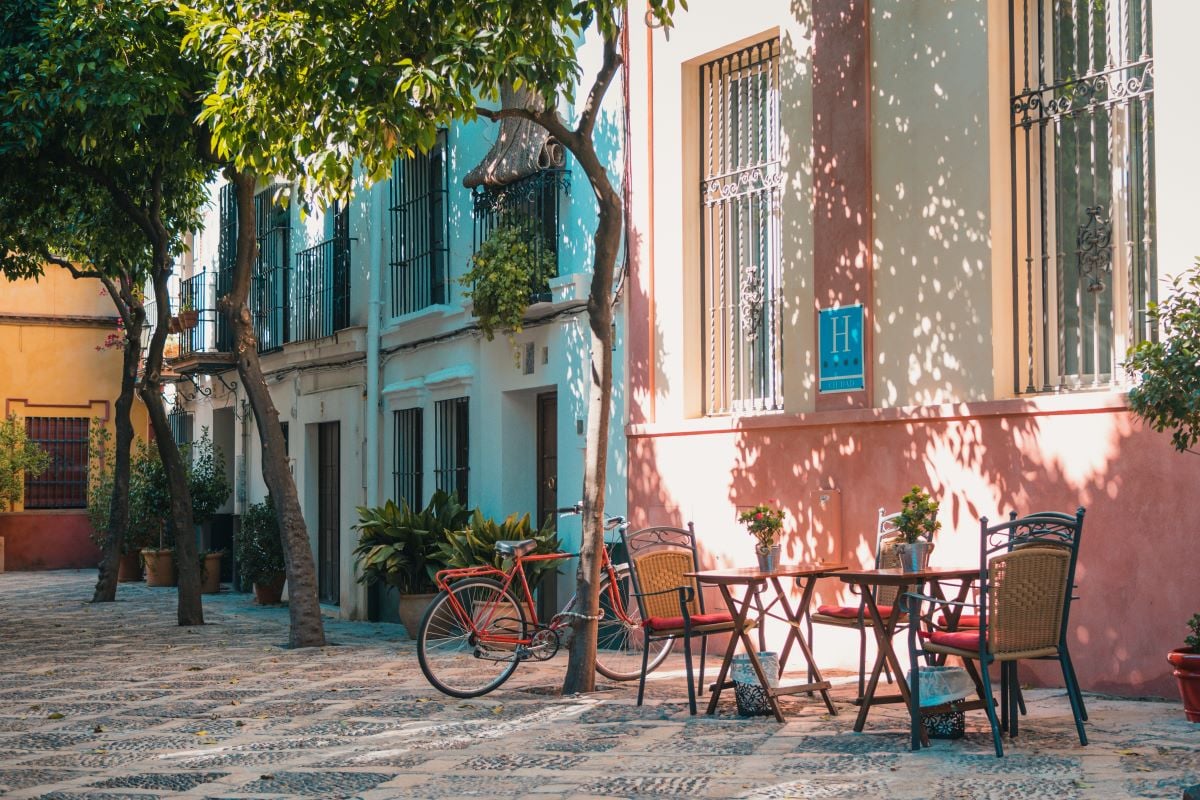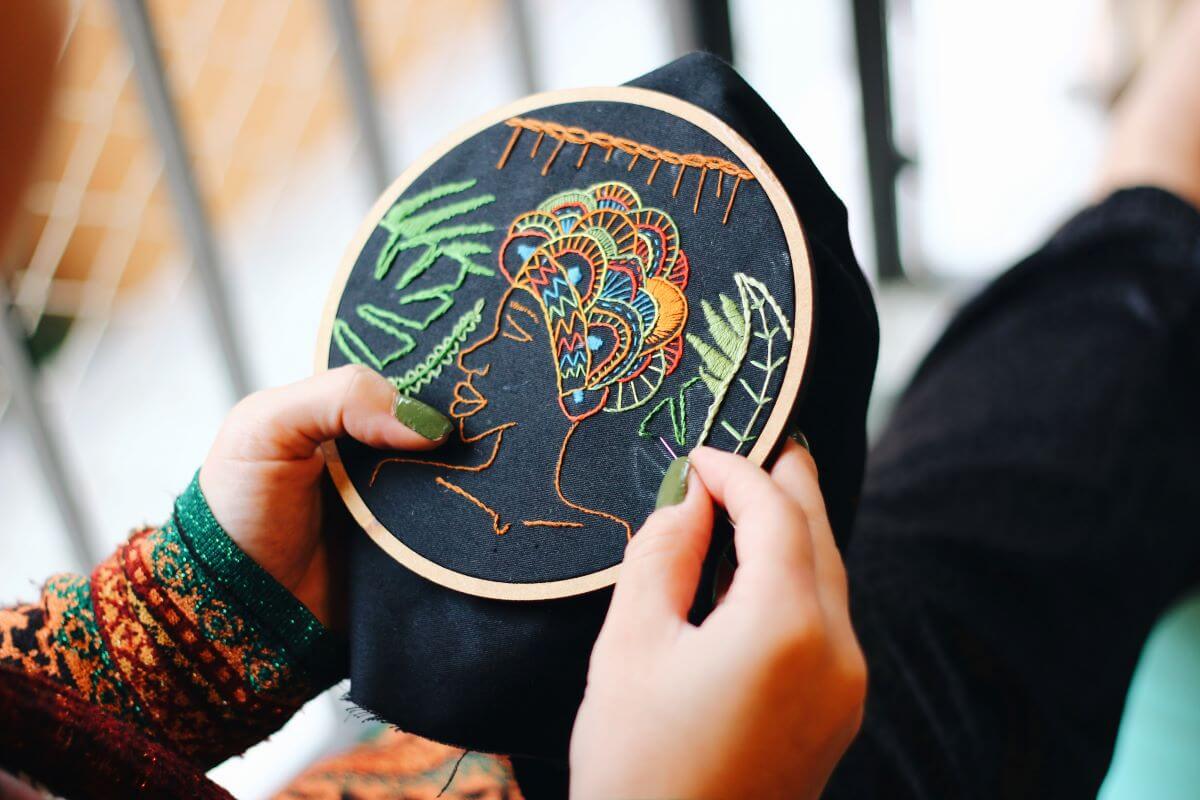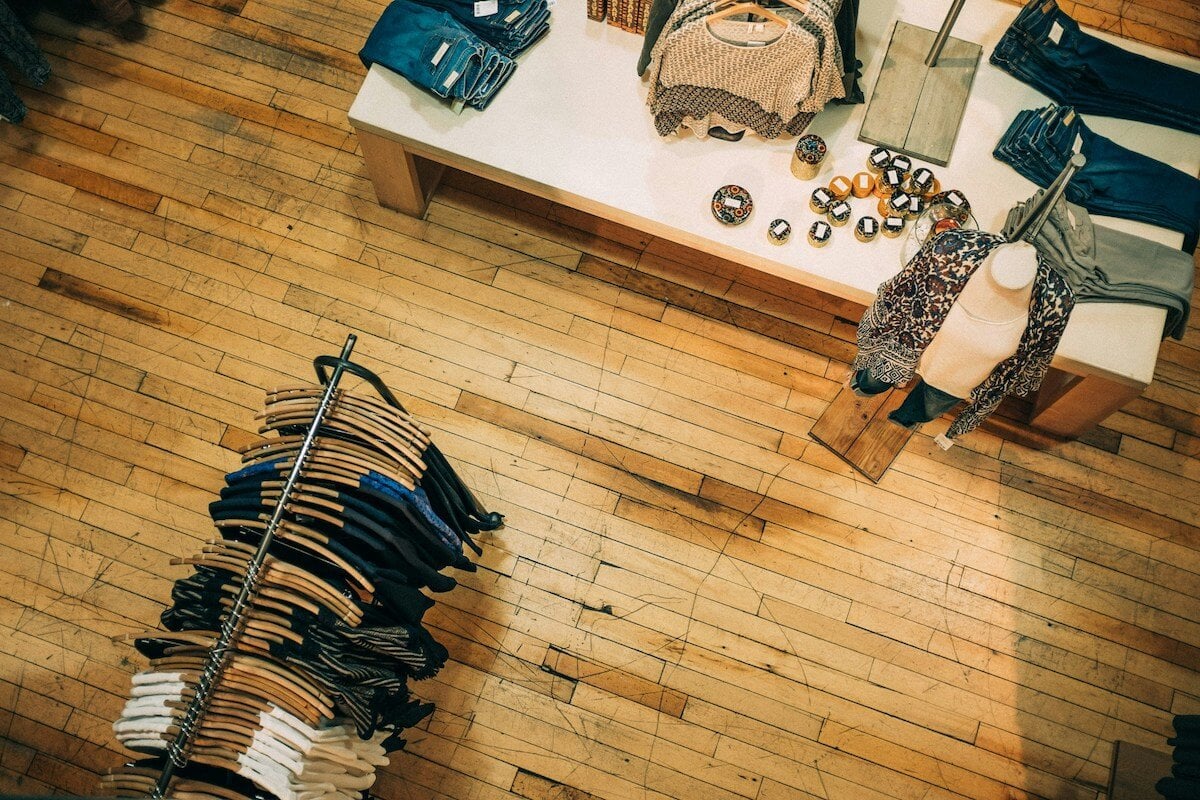
You have big dreams for your brand (as you should!), so it’s no wonder you’re already thinking about getting your products stocked all over the world.
The good news is that CREOATE makes it easy to get your brand in front of international retailers, almost on autopilot. We take care of the shipping, taxes, and general faff that can come from shipping products across borders.
But there’s some research to do from your side, too. Join us as we explore everything you need to bear in mind when approaching selling in a new market with CREOATE.
1. Start by excluding countries you’re not sure about
Each market is different — not just in terms of size and demand, but also in terms of regulations.
When you’re starting out selling internationally, you may well not have a sense of how selling into other countries works. So our first step should be to exclude any you’re not yet confident in.

To do this, go to your CREOATE Dashboard > Country Restrictions, and select any countries you want to exclude for now. Don’t forget to hit ‘Save’ once you’re done.
📚 Bookmark for later: Selling Cross-Border: Why to Think Global from Day One
2. Choose the right market to expand into
If you’re new to selling internationally, we recommend expanding into one new market at a time. That way, you have time to get completely comfortable with what’s needed to sell into each place, and you’ll avoid getting overwhelmed.
But which one should you start with?
Here are a few tips for picking your next target. None of these five points are reasons for a country to be a ‘definite yes’ or a ‘definite no’, but ideally they'll give you a few ideas to take to the next stage.
Look at where there’s already interest in your products
Check your social media and Google Analytics to see if you’re already getting visitors and followers from outside your own country. If there’s a clear trend, this could be a good place to start.
Consider language and currency
Selling your products into a place that speaks a different language, and works in a different currency, is going to add another layer of complexity to things. It doesn’t mean it’s never going to be worth doing, but is there an easier one you could start with?
Compare demographics and behaviour
If you’re happy with how your products are positioned in your own country, it could make sense to look for a country with a similar profile when it comes to things like disposable income, lifestyle, and even climate.
Check the demand
Are retailers in this country searching for your products? Are customers? Use a free tool like Google Keyword Planner to check whether people are Googling terms that match your product, like ‘wholesale candles’, or the equivalent in the local language.
Review the competition with a VPN
You can use a VPN to browse CREOATE, or Google, as if you’re in your target country, which will give you a better sense of the local competition overseas, and how your products measure up.

From Denmark to Denver, Venice to Venice Beach; where will your products be a hit?
3. Check product regulations in your target country
Next, it’s time to check whether your products meet regulations in your target country.
Regulations might cover factors like:
- How your products are labelled, and what information is included on the labels
- The ingredients or materials your products are made from
- How they’ve been tested for safety
- Their energy efficiency
- How your products are packaged
- How you market your products, and the messaging you use
Where to check product regulations:
- EU — Helpfully, product requirements are pretty standardised across EU countries. This EU site is a great place to start
- USA — If it’s your first time selling into the US, head to the US Consumer Product Safety Commission
- UK — If you’re looking at the UK, including Jersey, look at the Product Safety section of the UK government website
- Canada — Or if you’ve got Canada in your sights, it’s the Product Safety section of the Canadian government website
Hopefully you’ll find your products either already meet the required standards, or would do with a few small tweaks. If it’s going to mean a big overhaul, you may want to reconsider whether now’s the right time to try for this market.
4. Check what else you need in order to do business overseas
We’ll take care of shipping your products across borders, but we’ll need you to apply for any paperwork your business needs to sell overseas.
- Apply for an EORI number if you’re selling products to or from the UK, or the EU. You can then enter this in your CREOATE dashboard under Settings > Store. It’s free and easy to apply for.
- Register for a LUCID ID if you’re selling products into Germany. You don’t need to enter this in your dashboard, but we may reach out to request it if you get an order from Germany.
5. Set alternative prices for different currencies
By this point, you should have one or two new countries you want to start selling in. But before you adjust your Country Restriction settings, take the opportunity to set alternative prices in different currencies.
This step is optional; we’ll use the current exchange rate to automatically calculate an equivalent price in the retailer’s local currency if you don’t set one.
But we’d recommend it if you’re planning a different pricing strategy abroad, or need to cover any extra costs. It also gives a better experience for your retail customers; they won’t see retail prices set to awkward numbers like £4.37, and the wholesale price won’t fluctuate with the exchange rate.
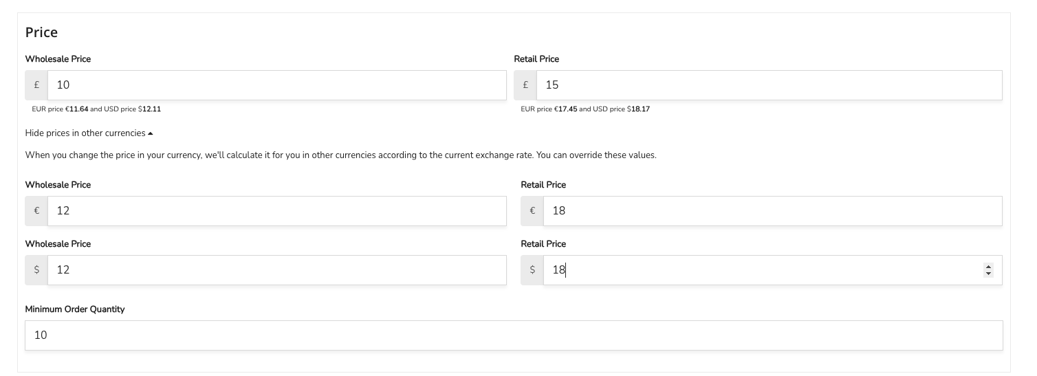
To set different prices for different currencies, go to your Dashboard > Products. Click into an individual product and expand the dropdown ‘Set prices in other currencies’. You’ll see the prices we’ve auto generated here, which you can then adjust. Don’t forget to click ‘Save Product’ when you’re done.
6. Create a buzz around your new launch
At this point, you’re ready to unblock this country on your Country Restrictions page, and start accepting orders.
Once you’re live, it’s time to shout about it! Announce it on your social media, message your CREOATE followers, and update your website (including a link back to your CREOATE store). You have the power to drive meaningful traffic to your page, so don't leave it to chance.
📚 Bookmark for later: How to Turn Your CREOATE Followers into Stockists
7. Seek feedback and refine your offer
Once orders start coming in from your new market, it’s time to seek feedback. Reach out to your buyers in that country to get understand how you could improve your products, or their presentation, for your new market. Always keep a regular feedback loop open, as well as carrying out your regular ongoing checks and changes to your store page.
What’s next?
Now you’re across what it takes to launch your products into new markets wholesale, take a look at some of our other popular seller guides for more advice on getting more wholesale sales through CREOATE:
- How (& Why) to Get More Followers on CREOATE
- Best Practices for Getting Your Products Found on CREOATE
- What Makes a Page-Topping Brand on CREOATE?
👋 Not selling wholesale through CREOATE yet? Create an account and get started today.


